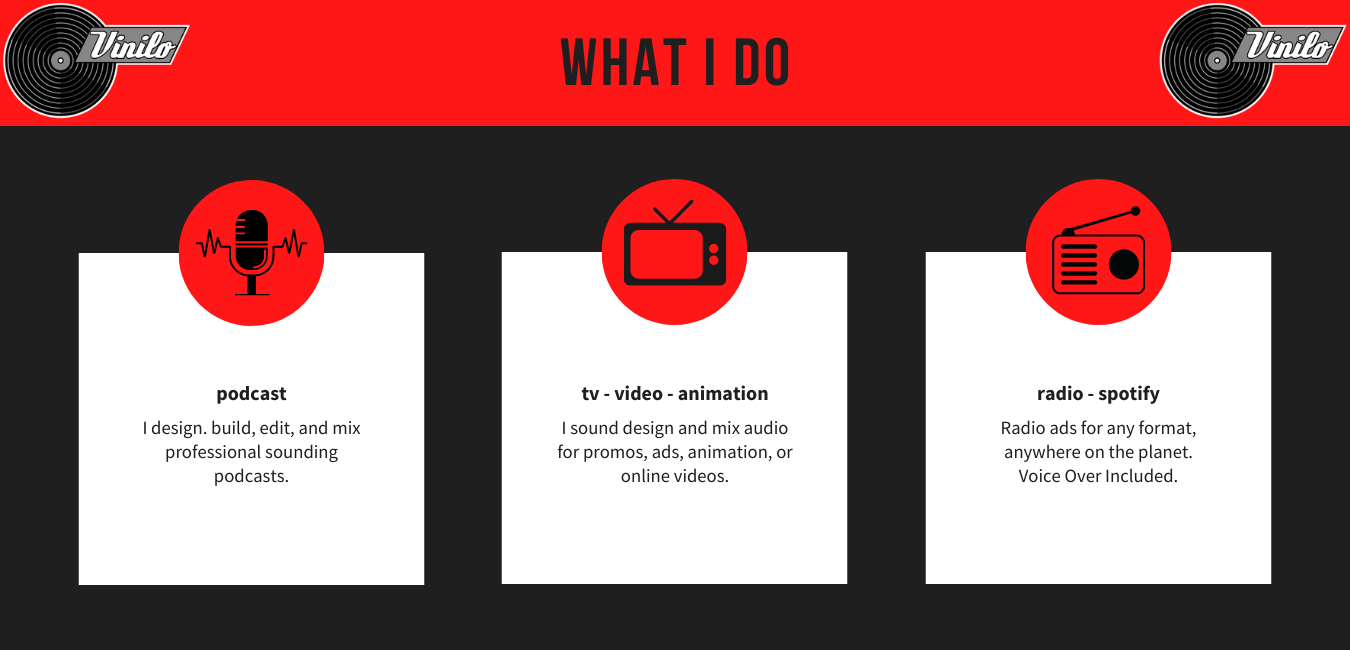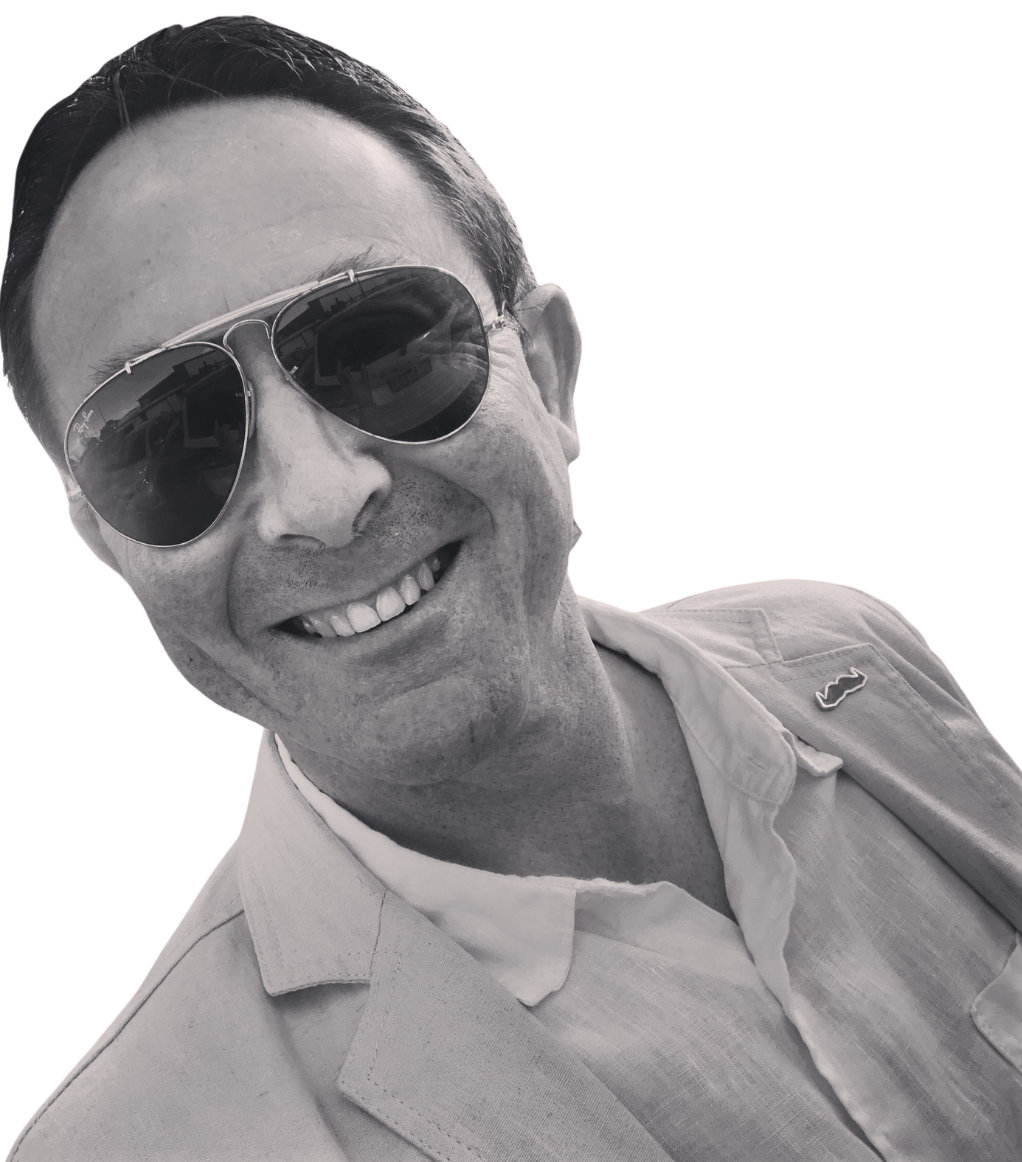
For more information on how I can create a 3D commercial message or campaign into your podcast, contact daryl@vinilo.com.au
The benefits of podcast advertising
There’s a reason the IAB and PWC predict that podcast advertising will soon be a $2bn industry in the US, and £54m in the UK. Podcast consumption has continued to increase over time, which has led to more advertisers having the confidence to test the channel, run effective campaigns, and reinvest in the medium.
Here are some of the key benefits of audio advertising, and why advertisers should continue to invest:
Audio advertising prioritises user experience
Podcast ads are consumed in the same, effortless way as the content of a podcast episode: simply through listening. Unlike ads on many other mediums, they require no additional input from listeners like scrolling, clicking, or even moving your eyes — factors that cause friction and render ads less effective.
They also leverage the listener’s trust in the host or show they’re listening to. Host-read ads, for example, speak to listeners in the same voice and manner they’re hearing throughout an episode. They provide a seamless shift from editorial to commercial and back.
Podcasts also tend to have a lower ad load than similar mediums, so there’s far less clutter — and ad breaks usually focus on a single brand, which means an advertiser doesn’t need to fight for their message to be heard.
At Acast, we recommend a maximum of three ad breaks per episode, at an average of around three minutes per hour of podcast content.
Audio advertising is more dynamic
Advertisers can also make their own ad creative that’s not read by the podcast host, which can then run across a whole catalogue of shows. Dynamic insertion allows custom creative to change based on location, time of day or other signals, which means advertisers can serve limited-time offers.
While video ads can be expensive and time-consuming to create — not to mention difficult to customise — audio is far simpler to produce and easy to iterate on.
Audio advertising means your audience can go hands-free
Unlike other mediums where eyeballs need to be fixated on the screen to guarantee viewers are paying attention, audio leaves the listener free to do something else at the same time — such as going for a walk or cleaning the house.
And, instead of ads being a hindrance or distraction, such activity is actually proven to make listeners more receptive. Keeping the brain occupied enhances the brand’s ability to cut through, according to a BBC Global News study.
The effectiveness of podcast advertising
There’s plenty out there that explains exactly how effective podcast advertising can be. Here, we’ve collated the most important learnings we’ve found while working with our research partners — outlining how podcast advertising can be one of the most effective mediums for brands and advertisers:
Podcast advertising gets attention
The level of attention podcasts attract is even more impressive when you compare it to another, more traditional audio medium: radio. In our research with Mumbrella, respondents said radio is more likely than podcasts to be listened to as “background noise”, while podcast listeners are more likely than radio listeners to actively try to reduce distractions before hitting ‘play’.
It’s the same when it comes to some of the other traditional mediums too. While many consumers face ad fatigue across music streaming and television, the same can’t be said for podcasts. The same report from CUMULUS MEDIA found that, of 10 tested advertising mediums, podcasts were the one where consumers were least likely to avoid ads.
In Acast’s own research with Nielsen, 60% of listeners said they pay attention to the ads in a podcast, and 25% said they pay attention to every or most of the podcast ads they hear. Podcasts also rank second — and first versus all other forms of audio — when it comes to how immersed listeners are when engaging with the medium, showing the engagement, attention and focus this medium can bring.
Podcast advertising motivates people to take action
The key takeaways of our research with Nielsen highlighted that there was a significant increase in the number of listeners taking action after hearing an ad:
- 30 million visited a website for more information after product advertised, up 32% vs 2019
- 17 million visited a website to purchase or order a product advertised, up 44% vs 2019
- 1.3 million called a telephone number provided in an ad, up 25% vs 2019
- 4 million visited a retail location to get more information about a product advertised, up 14% vs 2019
- 4 million visited a retail location to purchase product advertised, up 36% vs 2019
Podcast advertising is a trusted medium
Luckily for advertisers, podcast advertising is considered more trusted than other media channels. A Magna Global study illustrated that 48% of UK listeners said they trust podcast hosts more than hosts of other traditional media, including radio or TV shows. A recent Guardian study also found that trust levels increased from 45% to 63% when podcasts were added to a brand’s media mix.
One of the most important learnings from research is just how much listeners trust podcast advertising. 63% of respondents said the host of the podcasts they listen to are trustworthy, and 80% said they trust recommendations from hosts they currently listen to.
In fact, podcast hosts are almost as trusted for recommendations as family (85%) and friends (84%) — that’s understandable, because podcast hosts build authentic relationships with their listeners over weeks, months or even years of weekly episodes.
Listeners are more likely to “feel deeply connected” to a brand when they can hear “a voice” — and, more specifically, their favourite host’s. Brands should tap into this ready-made authenticity and trust, to help consumers further connect with their brand.
The video (above) and subsequent article has been put together by Acast in the UK.

For more information on how I can create a commercial message or campaign around your podcast, contact daryl@vinilo.com.au
Daryl Missen – Vinilo Pty Ltd
I have over 30 years experience as a distinguished and awarded audio post engineer. With ambisonic 3D sound mixing, surround sound, and live broadcast skills for film, radio, tv, podcasts and streaming audio services.
 Daryl Missen
Daryl Missen